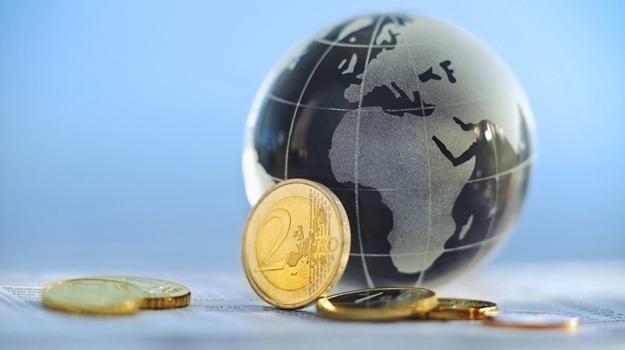
Kenya tipped to escape recession on economic diversity
As the majority of countries fall into recession this year, Kenya has been tipped to escape contraction this year from its broad based economic structure.
According to an update of the Sub-Saharan Africa (SSA) growth outlook by the World Bank Group published last week, the economic expansion rate for the year will however be considerably slower than the 5.4 per cent growth recorded in 2019.
“In several non-resource intensive countries including Cote d’Ivoire, Ethiopia and Kenya, growth is expected to slow substantially but remain positive owing to their more diversified economies,” the report noted.
While the multi-lateral lender is yet to review its outright projection for Kenya’s growth this year, the new sentiments are indicative of resilience in the country’s economy.
The World Bank had in April projected growth for Kenya at between negative one percent and 1.5 per cent.
Unlike peers such as South Africa, Angola and Zambia, Kenya’s economy is not dependent on the exportation of minerals whose sale has taken a beating this year from lower demand occasioned by the COVID-19 pandemic.
Sub-Saharan Africa is still expected to fall into its first recession in 25 years with the World Bank ratifying a projection of between negative 3.3 per cent and negative 5.1 per cent.
The devastation on the continent’s economy is expected to push an estimated 40 million people back into poverty as the region’s real GDP per capita (average income per person) regressing to levels last seen in 2007.
Domestically, the Central Bank of Kenya (CBK) and the National Treasury have raised their GDP projections for 2020 to 3.1 and 2.6 per cent respectively on recorded resilience.
Leading economic indicators (LEI) have pointed towards a sound recovery of growth across the third and fourth quarters of the year from disruptions seen in the second quarter.
The agriculture sector which represents an equivalent one third of the economy has shown resilience amidst the pandemic and supported in large part by resilient receipts from tea and horticulture.
The export of goods in eight months to the end of August for instance remained robust despite the pandemic, growing by 0.8 per cent in comparison to a similar period in 2019.
Sentiments for an economic recovery have likewise emerged with September’s Monetary Policy Committee (MPC) Survey by the CBK revealing higher expectations for economic recovery in comparison to July.
According to data from the Stanbic Purchasing Managers Index (PMI), private sector activity expanded for a third consecutive month in September as aggregate demand for goods and services returned.
Films ended a seven month run of cutting jobs as customer demand exceeded production capacities leading to a growth in the backlogs of work.
The projection by the World Bank Group on the country’s economy mirrors similar finding by the Fitch ratings agency which expects the size and structure of the economy to provide a buffer against the impact of the pandemic.
Fitch however expects the economy to grow at its slowest pace since 2008 at one percent.
The better than expected economic outturn however hardly captures the devastation already caused by the COVID-19 pandemic.
For instance, Kenya’s unemployment rate doubled between April and June to 10.4 per cent as millions lost livelihoods and companies shut operations.
Speaking at the launch of the second volume of Africa Pulse report on Thursday, World Bank Chief Economist for Africa Albert Zeufack argued the creation of new jobs will be decisive in guiding the recovery of regional economies.
“Growth in itself is not just enough. African economies need more jobs. This would lead to a more inclusive and sustainable recovery from COVID-19,” he said.
.

